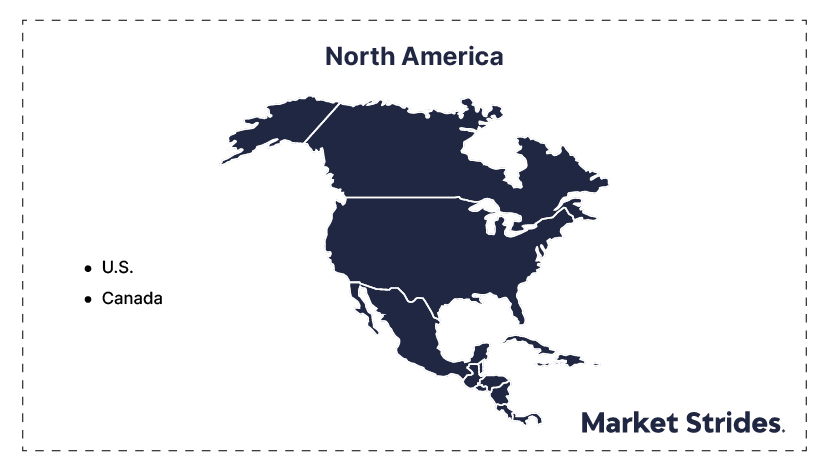The United States alcohol-based concentrates market size is expected to grow at a CAGR of 8.65% during the forecast period (2025–2033). Alcohol-based concentrates are widely used in food and beverage products, such as desserts, sauces, and ready-to-drink beverages. The growth of this industry has driven the demand for flavored alcohol concentrates.
Alcohol-based concentrates are concentrated liquids containing alcohol that are used to enhance the flavor or aroma of beverages, food products, and culinary preparations. These concentrates are typically made by infusing alcohol with various flavorings, such as fruits, herbs, or spices, to create a rich, concentrated version of the flavor.
They are commonly used in the production of cocktails, flavored liqueurs, bakery items, desserts, sauces, and RTD beverages. The primary purpose of alcohol-based concentrates is to add depth and complexity to flavors, allowing manufacturers and consumers to use them in smaller quantities while still achieving a bold taste.
The growing consumer demand for flavored alcoholic beverages is a significant driver in the U.S. alcohol-based concentrates market. As consumers increasingly seek innovative and diverse flavors, manufacturers are introducing a variety of flavored drinks to meet this demand.
Consequently, the market is experiencing a surge in demand for high-quality concentrates that cater to these evolving consumer preferences.
A significant restraint in the U.S. alcohol-based concentrates market is the changing policies and increasing taxation on alcoholic products. Governments at state and federal levels have been imposing higher taxes to curb alcohol consumption and boost revenue.
These tax hikes lead to increased production costs, which are often passed on to consumers, potentially reducing demand. Moreover, shifting regulations, such as stricter labeling and distribution requirements, further complicate market dynamics. This growing regulatory burden poses challenges for businesses, particularly smaller producers, limiting their ability to compete and innovate in an already competitive market.
The U.S. alcohol-based concentrates market is ripe for innovation with the development of new flavors and blends. Consumers increasingly seek unique and diverse taste experiences, driving demand for creative concentrates that cater to varied palates.
Companies like Monin and Torani, known for their wide range of flavors, have capitalized on this trend by launching new concentrate lines that combine traditional flavors with innovative twists. These developments not only enhance product offerings but also attract a broader audience, from home mixologists to professional bartenders, fostering growth within the industry.
| ATTRIBUTES | DETAILS |
|---|---|
| Study Period | 2021-2033 |
| Historical Year | 2021-2024 |
| Forecast Period | 2025-2033 |
| By Type |
|
| By Applications |
|
| Regional Insights |
|
Amaretto is the dominant segment in the U.S. market, driven by its versatility and widespread use in both beverages and desserts. The flavor profile, with its sweet, almond-like taste, makes it a preferred choice in cocktails, coffee, and culinary applications. Growth factors include increasing demand for premium cocktail ingredients, the rise in DIY home bartending, and the broader trend of flavored alcoholic drinks gaining popularity. The booming craft cocktail scene and the popularity of flavor-infused spirits contribute to the sustained demand for amaretto concentrates, offering diverse uses in both alcoholic and non-alcoholic beverages.
The food and beverage industry is the dominant application segment for alcohol-based concentrates in the United States. This includes its usage in commercial products like confectioneries, beverages, and sauces. The growing demand for flavored spirits and the increasing consumer interest in innovative food and beverage offerings are major growth factors. Alcohol-based concentrates are used to enhance flavor profiles in a range of products, from baked goods to ready-to-drink beverages. The rise in health-conscious consumer behavior, favoring natural flavorings and lower alcohol content, also plays a significant role in this segment's expansion.
The United States alcohol-based concentrates market demonstrates dynamic regional trends, with states like California, New York, Florida, and Texas leading the charge. California stands out as the largest market, driven by its extensive wine industry, which produces around 80% of the nation's wine. The state's climate and diverse population create a robust demand for a variety of alcohol-based concentrates, especially those used in cocktails and wine-based beverages.
Florida and Texas also contribute significantly, with large beer markets supporting continued growth in the alcohol concentrate sector. These states exhibit strong demand for both craft and mainstream beer concentrates, with consumers increasingly opting for unique, high-quality options. Moreover, New Mexico presents a resilient wine market with a steady demand for alcohol concentrates.
The U.S. alcohol-based concentrates market is experiencing innovation, especially in premium products, fueled by evolving consumer preferences and an expanding interest in unique, high-quality beverages. This regional diversification allows the market to stay adaptable, catering to a wide range of tastes and demands across the country.




